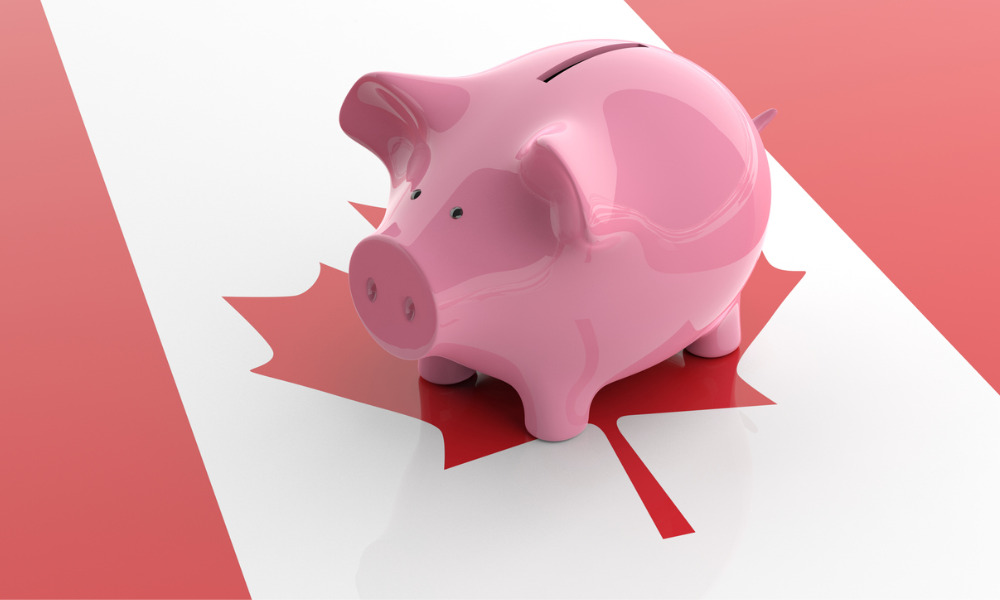Despite hopes from COVID-19 vaccine, Canadian economy will need time to heal from pandemic scars

After enduring the psychic and financial toll of the COVID-19 pandemic for the better part of 2020, the world readily received news of successful vaccine candidates in November. But while those wins provided a potent shot in the arm for the stock market, no one should be expecting near-term economic relief.
That’s the sobering picture painted by RBC Economics through Navigating 2021: 21 Charts for the Year Ahead.
Combining data from Statistics Canada and its own internal forecasts, it said the Canadian economy a low in Q2 2020, mustering just 86.6% of real GDP relative to Q4 2019. But the prospect of multiple effective vaccines in the first half of 2021 has boosted hopes for a quick recovery, with real GDP expected to match Q4 2019 levels by the third or fourth quarter next year.
Part of that recovery is expected to come with the unleashing of pent-up demand. From Q1 2020 to Q2 2020, the household savings rate across Canada shot up from just 5.9% to 27.5% of disposable income, though it moderated to 14.6% by the following quarter. That increased savings was borne from a decline in living and travel expenses, deferrals on debt payments owed, and the ability of many households to keep earning.
“[A]nother key factor was the federal government’s stimulus,” RBC Economics said. “By our estimate, in the second quarter, it injected $30 billion more relief into household accounts than was lost through the loss of income because of furloughs and job cuts.”
Another piece of the stimulus that’s supported the Canadian economy came courtesy of the Bank of Canada, which in March issued two emergency rate cuts that it’s not expected to reverse within the foreseeable future. That means charges on debt incurred through the federal government’s emergency spending could stay manageable for the near term, though the sheer magnitude of deficit spending is a source of understandable worry.
“Canada’s crisis aid pushed the federal deficit as a share of the economy beyond those of our G20 peers,” RBC Economics said, pointing to projections of deficits exceeding $100 billion for the next few years. “Overall, that’s brought the federal debt to more than $1 trillion, and thus far there’s been little clarity from Ottawa on how it plans to tackle that enormous sum.”
Also worrying is the prospect of certain industries lagging on the journey to recovery. The sectors worst-hit by the pandemic, as reflected by declines seen between February and April this year, included Accommodation and Food Services; Arts/Entertainment/Recreation; Transportation and Warehousing; and Retail trade. Of those, only the Retail trade segment was projected by RBC Economics to see positive change in its February to December 2021 forecast.
“The halting recovery of energy demand—and a massive shock to global oil prices in 2020—continue to drag down energy exports,” it said, noting that a global wave of green energy commitments adds to the sector’s uncertain outlook. “Tourism and travel remain limited by border closures and quarantine requirements.”



